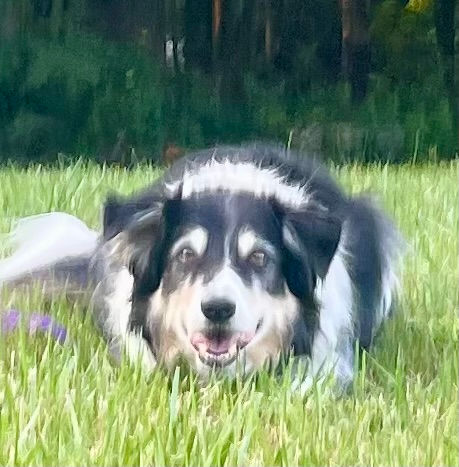Lost Dog Prevention
- Emily Rogeness
- Mar 15, 2022
- 2 min read
The document linked at the bottom of this page was written to accompany dogs as they move from rescues and shelters to their adoptive homes. It's purpose is to remind new dog owners that all newly adopted dogs are high flight risk dogs.
Looking back to the beginning of my work on lost dog cases a constant 'at risk dog' has been a dog in the rescue process. By ‘rescue process’ I mean from the moment the dog is without a connected home to an undetermined length of time after the dog has gone home.
Newly rehomed dogs are all extremely vulnerable to slipping away from their new home, especially in the first two weeks. I use the words, slipping away, because often that is exactly what it is. Your new dog appears to be fine and then they slip out a door or the leash drops and they scamper away from you not back to you. Many in the lost dog community have marveled that rescues haven't done a better job of educating adopters about the flight risk inherent in a rehomed dog.
Sheltering, rescuing and rehoming dogs is a multilayered process where different people and groups work together to save as many dogs as possible. Often, the dogs in the rescue process are handled by varying people in varying locations as they progress through the stages of their rescue; from the person who finds them to the shelter to the foster home to the transporter and then to their permanent home. It is not surprising to me that most people consider that the dog is 'safe' the minute the paperwork is signed and the dog goes to their ‘furever’ home. This seems a completely logical assumption on everyone's part because the focus of the work is to get these dogs from the danger of a shelter to the safety of a rescue and then, finally, into approved homes. Once the dogs go home, rescuers tend to turn their attention back to the dogs who need help next. There is an assumption that the dogs in families will be fine. The disconnect is that we can explain to the dog that their travels end with adoption. It takes time for dogs to adapt to being in the same place, with the same people.
My goal is providing adopters with some basic safety information to help them protect their family, including the newest member, from the trauma of having to launch a lost dog search. I've written that information in the form of a story. People like stories better than they like fact sheets so I've made this document into both.
Feel free to share with rescues, shelters, pet sitters, kennel owners and friends with dogs. The best lost dog story is the one that never needs to be told.



Comments